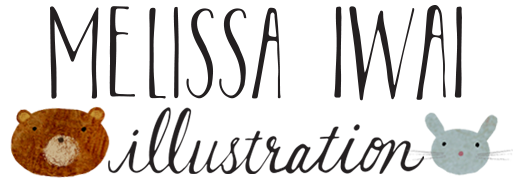When I meet children and teachers at school visits, they ask me a lot of great questions. Here is a sample of them:
How do you pronounce your last name?
It’s pronounced like the letters, “E” and “Y”.
Where did you learn how to draw?
I drew all the time as a child. Then when I was older, I decided to go to art school to learn more. I studied at the Art Center College of Design in Pasadena. We studied drawing from live models hours at a time and learned about anatomy. I guess the best advice I could give is to just keep drawing and drawing. It’s a skill that can be learned. But like most things, you learn more and improve by doing it over and over.
What’s your favorite food?
That’s a hard one, because I love to eat everything, and I’m not very picky. Something I could every day, multiple times a day, and never get tired of it, is ice cream!
Do you have a cat?
There are a lot of cats that show up in my illustrations. I have lived with a few. Taxi, the big white cat in Night Shift Daddy was one. The black cat in Gramps and the Fire Dragon and Chanukah Lights Everywhere is Bogey, my husband’s cat. Unfortunately, I’m very allergic to cats, and had a really difficult time living with them. Taxi moved away with his owner to Seattle, and Bogey now lives with our friend, Mike, in Maryland. From the pictures we’ve seen, he looks pretty content!
Did you like working with [the author]?
Unless it’s a special circumstance, authors and illustrators usually don’t work together. They don’t even communicate during the period when the illustrator is creating the artwork for the book. The artist does work with the editor and the art director though. But the artist is given a lot of freedom to interpret the words, and also to create their own visual story.
How do you get a story published?
If you have a manuscript, you send it to an editor at a publishing house to read. If they like it, they will buy it, and eventually it will be published. I say “eventually” because it can take awhile–especially with a picture book. They will match the story with an artist, and then the artist has to do all the illustrations, which can take almost a year. Then after the illustrations are turned in, it can take a year to print, bind into a book, and distribute.
It is a good idea to do research on the publishing houses and the editors, and find out what kinds of stories they are looking for, and if they accept unsolicited and/or unagented manuscripts. For more information on this, I have several resources on the Links page of this site.
Favorite quote from a kid:
“I want to take you home and put you in my hamster cage.”

